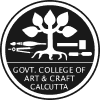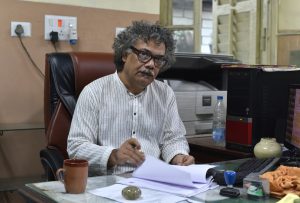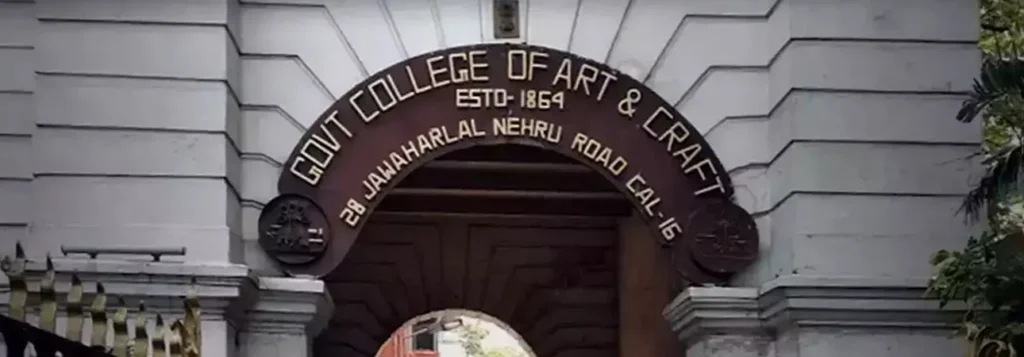
Legendary Pioneers of GCAC
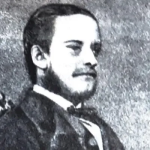
Henry Hover Locke (1837-83), being an educationist, advocated in favour of an art education where Indian students could be introduced to the basic ideals of European Art. In the year 1864 the School of Industrial Art in Calcutta, was taken over by the government and with the joining of H.H Locke as its principal on June 29, 1864, the institution was soon renamed as the Government School of Art. Being heavily influenced by the European ideals of art making, Locke emphasized on imparting art education in synonymous to the South Kensington School in London, in his newly joined art institution at Calcutta. H. H Locke, retained his position as the principal of Government School of Art in Calcutta until 1882.
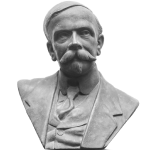
Ernest Binfield Havell (1861-1934), was an English author, art historian and an influential art administrator. Being a great proponent of Indian art and architecture, he played influential role in reframing the very concept of Art education in India. He was appointed as the superintendent of the Government School of Art, Calcutta in the year 1986. He remained as the principal at the Institution from 1896 to 1905. During his tenure at the Institute, he encouraged an alternative model of art education which was more indigenous and Indian, against the prevalent western school of art training. Along with help of Abanindranath Tagore, E.B Havell advocated in favour of an art education with the aim to revive the Indian Style of Art.
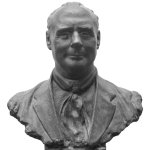
Percy Brown (1872-1955) was an English art historian, artist, art critic, curator and archaeologist. Being a well renowned art historian and archaeologist, Percy Brown had written extensively on Indian and Buddhist architecture. After serving his tenure as the principal of the Mayo School of Art, Lahore, Percy Brown came to Calcutta and was appointed as the principal at the Government School of Art, Calcutta from 1909 to 1927. During his tenure, Percy Brown advocated in favour of western academic mode of training and art practice in the school at Calcutta. After his retirement from Government School of Art, Calcutta, he was appointed as the secretary and curator of Victoria Memorial Hall in Calcutta, where he held the post until 1947.
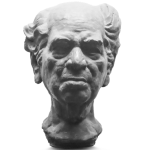
Abanindranath Tagore (1871-1951) was the pioneering figure in Indian art history to initiate an indigenous visual vocabulary of art at the cusp of the India’s nationalist movement. From 1905 to 1915, Abanindranath Tagore held the position of the Vice Principal at Government School of Art, Calcutta. During his tenure at the school, he persuaded towards developing an Indian vocabulary of art, which later matured into the formation of Bengal School of Art. Abanindranath Tagore along with E.B Havell’s unflinching enthusiasm towards Indian Art, initiated an alternative model of art education in the art school at Calcutta, which encouraged towards developing a visual idiom of art which can be claimed as ‘Indian’ against the prevalent model of western academic realism.
From the Principal’s Desk
Every institution that has achieved greatness and glory has inevitably been the motherboard as well as the projection of a thousand dreams. The Government College of Art & Craft is one such institution, that has not only been in the center stage of art pedagogy through out it’s 161 year long journey but has produced some of the finest artists and art thinkers. In the midst of an evolving postmodern global equation, this institution has taken on the challenges of addressing dated notions to alter peripheries and thresholds of insulation to open minded inclusiveness. With open arms, this institution propagates criticality, inclusiveness and true freedom of expression.
